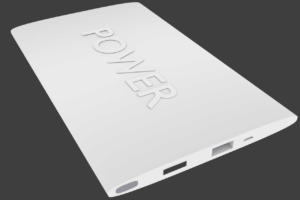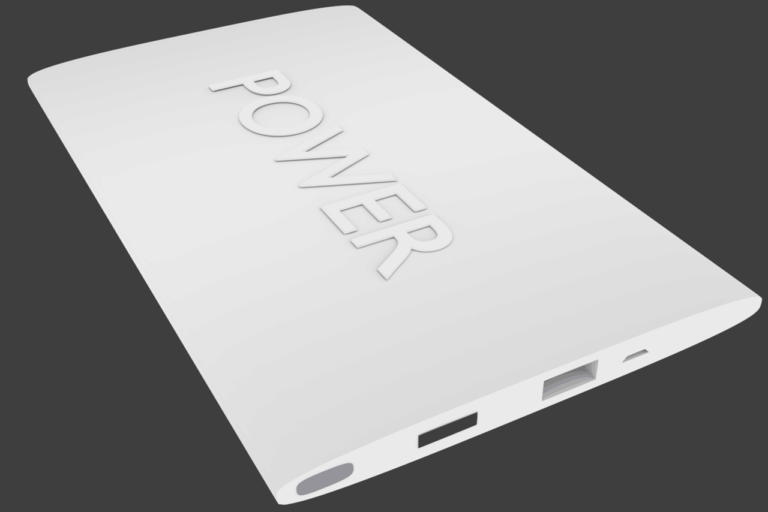How to Generate Electricity at Home for Free
In today’s world, where energy costs continue to rise and environmental concerns are at the forefront of global discussions, the idea of generating electricity at home for free is not just appealing but increasingly necessary. With advancements in technology and a growing awareness of renewable energy sources, homeowners now have the opportunity to become self-sufficient energy producers. In this article, we’ll explore various methods and techniques to generate electricity at home without breaking the bank.
Understanding Renewable Energy Sources
Solar Power
Solar power is perhaps the most popular and accessible form of renewable energy for homeowners. By harnessing the sun’s energy through photovoltaic panels, households can generate electricity to power their appliances and lighting systems.
Solar panels are a popular choice for homeowners who want to harness the power of the sun. Here’s how you can get started:
- Assess Sunlight Hours: Determine if your area receives at least 4 hours of sunlight per day. Peak sunlight hours are crucial for efficient solar panel operation.
- Choose the Right Type: There are three main types of solar panels:
- Monocrystalline: These panels are highly efficient (around 20%) but more expensive.
- Polycrystalline: More affordable but less efficient (about 16%).
- Thin Film: Flexible and cheaper but less efficient (7-13%).
- Installation: You can install solar panels yourself or hire a professional. Consider the direction your roof faces and any shading issues1.
Wind Energy
Another renewable energy source gaining traction is wind power. DIY enthusiasts can construct their own wind turbines to capture wind energy and convert it into electrical power, providing a reliable source of electricity, especially in areas with consistent wind patterns.
If you live in a flat area with few tall buildings, consider installing a wind turbine:
- Assess Wind Conditions: Wind turbines work best in areas with consistent wind flow. Research local wind patterns.
- Choose a Turbine: Purchase a turbine online or from a local company. Installation assistance is often available.
- Maintenance: Regular maintenance ensures optimal performance.
Hydropower
Hydropower utilizes the energy of flowing water to generate electricity. While large-scale hydroelectric dams are common, homeowners can also implement micro-hydro systems to generate power from streams or small rivers on their property.
DIY Solar Panels Installation
Installing solar panels on your property is a feasible and cost-effective way to generate electricity. With proper planning and guidance, homeowners can undertake the installation process themselves, saving on labor costs and increasing their energy independence.
To begin, assess your property’s solar potential by evaluating factors such as sun exposure and shading. Once you’ve determined the optimal location for solar panels, acquire the necessary equipment and tools, including solar panels, mounting hardware, and electrical components.
Follow step-by-step instructions to install the solar panels securely, ensuring proper orientation and alignment for maximum energy capture. Additionally, connect the panels to an inverter to convert the captured solar energy into usable electricity for your home.
Harnessing Wind Power
For homeowners living in windy regions, harnessing wind power can be a lucrative energy-generating option. Building a homemade wind turbine requires basic carpentry skills and readily available materials such as PVC pipes and generator components.
When selecting a location for your wind turbine, consider factors such as prevailing wind direction and obstructions that may affect airflow. Mount the turbine on a sturdy tower at an appropriate height to capture the most wind energy efficiently.
Regular maintenance and monitoring are essential to ensure optimal performance and safety of the wind turbine. Inspect the blades, bearings, and electrical connections regularly, and address any issues promptly to prevent downtime.
Utilizing Hydropower
In areas with access to flowing water sources such as streams or small rivers, hydropower can be a viable option for generating electricity at home. Micro-hydro systems, which consist of a turbine connected to a generator, can be installed to harness the kinetic energy of flowing water.
Before installing a micro-hydro system, conduct a thorough site assessment to determine the water flow rate and elevation drop available. Select an appropriate turbine design based on these parameters to maximize energy production.
Ensure proper installation and maintenance of the micro-hydro system to prevent damage from debris and sediment buildup. Regularly inspect the turbine blades and generator components, and clear any obstructions to maintain optimal performance.
Energy Conservation Techniques
While generating electricity at home is a significant step towards energy independence, incorporating energy conservation techniques can further enhance efficiency and reduce overall energy consumption. Invest in energy-efficient appliances and lighting, and implement insulation and weatherization measures to minimize heat loss and improve energy efficiency.
Importance of Battery Storage
To store excess energy generated by renewable sources for use during periods of low production or high demand, homeowners can invest in battery storage systems. Lithium-ion batteries are commonly used for residential energy storage due to their high energy density and long lifespan.
Maintenance and Upkeep
Regular maintenance and upkeep of renewable energy systems are essential to ensure optimal performance and longevity. Conduct periodic inspections and cleaning of solar panels, wind turbines, and micro-hydro systems, and address any issues promptly to prevent downtime and maximize energy production.
Legal and Safety Considerations
Before embarking on a home energy generation project, it’s crucial to familiarize yourself with local regulations and safety requirements governing renewable energy installations. Obtain necessary permits and approvals, and ensure compliance with building codes and electrical standards to avoid fines and penalties.
Cost Analysis
While the initial investment in renewable energy systems may seem daunting, it’s essential to consider the long-term savings and return on investment (ROI) they offer. Calculate the cost of installation and maintenance against the anticipated energy savings and potential revenue from excess energy sales to determine the economic viability of your project.
Community Resources and Support
Take advantage of local government incentives and rebates for renewable energy installations, as well as online forums and support groups where you can seek advice and guidance from experienced DIY enthusiasts and renewable energy experts.
Benefits for the Environment
By generating electricity at home from renewable sources, homeowners can significantly reduce their carbon footprint and contribute to global efforts to combat climate change. Switching to clean, renewable energy sources helps preserve natural resources and protect the environment for future generations.
Challenges and Limitations
While generating electricity at home offers numerous benefits, it’s essential to acknowledge the challenges and limitations associated with renewable energy technologies. Factors such as dependence on weather conditions, space requirements for installation, and regulatory hurdles may pose challenges to widespread adoption.
Conclusion
In conclusion, generating electricity at home for free is not only feasible but increasingly necessary in today’s energy landscape. By harnessing renewable energy sources such as solar power, wind energy, and
hydropower, homeowners can reduce their dependence on traditional grid power and contribute to a more sustainable future.
FAQs
- Can I generate enough electricity to power my entire home?
- The amount of electricity you can generate depends on various factors such as the size of your renewable energy system, available resources, and energy consumption habits. With careful planning and optimization, it’s possible to generate enough electricity to meet the majority of your household’s needs.
- What are the maintenance requirements for renewable energy systems?
- Maintenance requirements vary depending on the type of renewable energy system you have installed. Generally, regular inspections, cleaning, and occasional repairs are necessary to ensure optimal performance and longevity.
- Are there any government incentives or rebates available for renewable energy installations?
- Many governments offer incentives, rebates, and tax credits to encourage homeowners to invest in renewable energy systems. Check with your local authorities or energy providers to find out what incentives are available in your area.
- How long does it take to recoup the initial investment in a renewable energy system?
- The payback period for a renewable energy system depends on factors such as the cost of installation, energy savings, and potential revenue from excess energy sales. In many cases, homeowners can recoup their initial investment within a few years through energy savings and incentives.
- What are the environmental benefits of generating electricity at home?
- By switching to clean, renewable energy sources, homeowners can significantly reduce their carbon footprint and mitigate the environmental impacts of traditional fossil fuel-based electricity generation. Generating electricity at home helps preserve natural resources and reduces air and water pollution.















